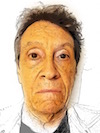 [I saw my first photorealist canvases in a show titled “Painting from the Photo” at the long-defunct Riverside Museum on the west side of Manhattan. This early survey — the first overview (so far as I know) of a tendency that did not even have a name at that point — ran from December 9, 1969-February 15, 1970; curated by Oriole Farb, it included works by Harold Bruder, Richard Estes, Audrey Flack, Howard Kanovitz, Malcolm Morley, and Joseph Raffael. I published a brief comment on it in the “Shows We’ve Seen” column I then wrote for the monthly magazine Popular Photography, in the April 1970 issue.
[I saw my first photorealist canvases in a show titled “Painting from the Photo” at the long-defunct Riverside Museum on the west side of Manhattan. This early survey — the first overview (so far as I know) of a tendency that did not even have a name at that point — ran from December 9, 1969-February 15, 1970; curated by Oriole Farb, it included works by Harold Bruder, Richard Estes, Audrey Flack, Howard Kanovitz, Malcolm Morley, and Joseph Raffael. I published a brief comment on it in the “Shows We’ve Seen” column I then wrote for the monthly magazine Popular Photography, in the April 1970 issue.
By 1974 it had become a distinct tendency, if not a movement, with a name, a bevy of practitioners, gallery and museum support, an accompanying critical literature, and a collector base. Casting, as I always have, a wide net in circumscribing my territory as a photography critic, I folded it into my purview and produced the following article, first published in the July 1974 issue of Camera 35 and later reappearing in my first collection of essays, Light Readings.
Since then, of course, artists like Jeff Koons and Robert Longo have learned to outsource the tedious work of converting photographic images into pigment on canvas and pencil on paper. And photographers have learned to make sofa-sized prints. So the field of ideas in which Photorealism now operates has changed considerably, while the approach to praxis on which it relies has become even more recondite.
“From Lens to Eye To Hand: Photorealism 1969 to Today,” has just opened at the Parrish Art Museum in Water Mill, New York (August 6, 2017-January 21, 2018), curated by Parrish Director Terrie Sultan and accompanied by a catalog/monograph from Prestel. With this approach to painting now receiving an approximately 50-year retrospective, I thought I’d add my archival two cents’ worth to the conversation over this new survey. — A. D. C.]
•
“From Today, Painting Is Dead”: A Requiem
Sometime within the last five years, photography devoured the art world. The precise date on which this consummation began is difficult to determine, dependent as it is on variable interpretations of history. Some would trace it back centuries, to the development of the camera obscura, that sketching device which is the optical forebear of the camera as we know it. Others would pinpoint it at that decade in the mid-nineteenth century during which the various devices and processes which we call “photography” first coalesced.
Certainly, no one would deny that it was underway by the late 19th century, for two direct manifestations of its presence can be discerned by then. The first of these is the dissemination through photographs of artworks in various media: architecture, painting, sculpture, graphics and more. Up until the invention of photography, art history and art criticism were forms of imaginative fiction — analytical and even morphological evaluations of works which most members of the audience and many of the historians and critics themselves had never experienced directly. (Typically, Michaelangelo’s David would be discussed extensively on the basis of a professional engraver’s interpretation of a draftsman’s copy of an artists’ freehand sketch of the sculpture …) By providing a more reasonable facsimile thereof, the photograph became — and remains today — the form in which most people encounter works of art.
Not only did the photograph shape our critical and historical understanding of art, but it also began to directly shape the art itself. Increasing numbers of artists began to employ photographs for a variety of purposes: as aides-memoires, as anatomical reference works (i.e., Muybridge’s Animal Locomotion), and as direct sources of inspiration and imagery. (This has been thoroughly documented by Van Deren Coke in his source-book The Painter and the Photograph.) Thus, the tradition of painting from the photograph extends back at least 100 years.
Inevitably, too, the photograph began to find its way into the works of art themselves. Beginning with Dada collages and Bauhaus graphics, the photographic image was incorporated into the making of artworks to such an extent that there are now many major bodies of individual creative accomplishment that cannot be considered in depth without attention to their photographic elements. Those of Romare Bearden and Robert Rauschenberg come to mind, though only as examples.
But those works, however photographic their origins, were not exactly photographs. They couldn’t afford to be. The photograph, after all, has historically been treated as the bastard stepchild of high art, an image-making process whose mechanistic origin rendered it aesthetically suspect and whose reproducibility left it financially worthless. Art had for so long been tied to the concept of the preciousobject that any definition of art which included the photograph per se was threateningly revolutionary. Such a definition would reverse all the priorities: process would take precedence over product, image over object, duplicability over rarity. Goodbye the Bugatti.
By the mid-1960s, though, the definitions had begun to change anyhow. A number of radical theorists began to emulsify the art community and blur the boundary lines between categories. For instance, sculptors operating from a reductivist definition of their medium as the “volumetric articulation of space” commenced to dig trenches in the desert and otherwise modify the landscape. They documented their work in situ with photographs, which were subsequently shown in museums and galleries.
Other, less categorizable workers — who might previously have termed themselves dancers or poets or actors — came to define artistic activity more broadly as “extraordinary behavior.” They involved themselves in various sorts of unusual performances — happenings, street pieces and other events of a transient nature. These they preserved for posterity with photographs. And still others, taking their cue from Marcel Duchamp perhaps, came to think of art as life and dedicated themselves to the presentation of autobiographical information. Inevitably, various forms of photographic imagery, from the snapshot through the formal studio portrait, began to appear in their work.
So by 1970 it was no longer uncommon to come across photographs in an art gallery, though the art world still hung on to its distinctions. In a representative maneuver, for example, the art critic for the Village Voice, John Perrault, declared that not all photographs were photography; some (those by people he certified to be artists) were Art. In the meantime, during the late 1960s photography as a medium in itself had developed a much-widened museum/gallery circuit and a vastly expanded audience. It had come to be at least marginally accepted as a legitimate art form and a collectible one at that. A market began to emerge. There was gold in them thar silver hills.
And, all of a sudden, when you opened your paper to the art pages, there was photography all over the map. The photograph as document of “earthwork,” “conceptual piece,” or “event.” The photograph as an element in works by Warhol, Kitaj, and divers others. Even, wonder of wonders, the photograph as an art object in itself. Such major New York City museums and art galleries as the Whitney, O.K. Harris, Hundred Acres, and Sonnabend were exhibiting photographs by Lucas Samaras, August Sander, Lewis Baltz, and Cecil Beaton. They were holding shows of such genres as group portraiture and 19th Century European landscape photography. One reputable art gallery even presented a sampling of the same snapshot-dominated “social landscape” photography which had preceded and engendered the hottest new school of painting: Photo-Realism.
Though it often goes under a different name, or at leasta different prefix — Super-Realism, New Realism, Sharp-Focus Realism — this school represented the completion of an historical cycle within which painting, having been freed from the representational imperative by the advent of the photograph, had returned to the photographic image for sustenance. The irony of this had bemused me considerably when I saw my first Photo-Realist paintings (though the term was not then in use) in an exhibit at the Riverside Museum sometime around the beginning of this decade.
Equally intriguing was the startling shift in the art world’s stance concerning the link between painting and photography. This alteration of “party line” was as earth-shattering within its own microcosm as, say, the Stalin-Hitler pact had been to the Old Left. From the very beginning of photography, the art world had considered the act of painting from photographs as something shameful, to be committed furtively and admitted only under duress. Now, in a dramatic reversal, painters were openly confessing their involvement with the photographic image and making it explicit in their works. A number were scurrying around trying to establish priority — i.e., who had been fashionably unfashionable first. And the critics and historians, who had consistently disregarded or discounted the significance of the involvement of major painters with the photographic image, were falling all over each other to drag out every precedent from Charles Sheeler to Thomas Eakins.
The rapidity with which the art world bedecked this former skeleton in its closet with the raiments of aesthetic respectability quite took my breath away. It was in this state of amazed hyper-ventilation that I went to view an exhibit which sought to epitomize the current state of the art, “Photo-Realism 1973: The Stuart M. Speiser Collection,” at the Louis K. Meisel Gallery in New York City last October.
This collection was assembled by Meisel, one of the foremost Photo-Realist dealers, for Speiser, an aviation attorney and airplane pilot who collects things aeronautical. The 22 paintings, all but one in oils, were commissioned and purchased in advance, with the artists receiving “more than they were ever paid before,” according to Meisel. The only catch was that every painting had to relate in some way to aviation.
That requirement, however, was apparently presented and interpreted quite loosely. The references range from the wooden toy airplane in Richard McLean’s canvas and the sign reading “Fly TWA” in Noel Mahaffey’s to actual images of real airplanes. Still, the collection is coherent and thus instructive in several ways, for it functions as a paradigm of the Photo-Realist movement. Brought together here are “major works” (“major work,” according to Meisel, “means oil on canvas”), by many of the leading Photo-Realists (with a few notable exceptions, particularly those of Chuck Close and Joseph Raffael), all created during the same period and all centering around a common theme.
It is, of course, quite an experience to enter a room full of what appear at first to be gigantic enlargements of color snapshots. (Jerry Ott’s is the biggest in the bunch, measuring in at 78 x 96 inches.) And, once that shock wears off and one recalls that these are, after all, fake photographs, it is interesting for a while to compare the various ways in which their makers have elected to forge the photographic illusion. The differences between tonal palettes — Arne Besser’s cool, Audrey Flack’s vibrant; the variations in approach to surface, from Ott’s almost textureless airbrush style to the heavier pigment layering of Richard Estes.
But these choices have more to do with craft than art. I wanted to know what creative elements differentiated these paintings from large photographic blowups of the images from which they were copied. One of the painters represented in the exhibit, Ralph Goings, happened to be in the gallery at the time. Goings had been described to me by Meisel as “one of the top three Photo-Realists,” and though this raised the issue of who the other two were, I decided to pose my question to him. Goings’ considered reply was, “The main difference is canvas and oil.”
Well, now. If the images are virtually identical, then any difference must reside in their nature as objects. And as there is no innate reason why one should value an object in oils over an object in silver or aniline dyes, that difference must be extrinsic. It was summed up concisely by Meisel, who said simply, “The painting has more respect.”
Within the context of Photo-Realism, however, that respect is not based on any of those qualities we normally associate with creativity: interpretation, selectivity, intellectual originality, emotional force. These, in fact, are rejected by the movement. According to Laurence Dreiband, “The photograph helps equalize the surface and objectify reality. It has to do with a common desire to avoid interpretations about the relative value of the things depicted.” Thomas Albright is even more specific: “According to New Realist doctrine, the basic function of the camera is to put emotional distance between the artist and his work, and unselectively record visual ‘information’ which can then be translated more or less mechanically into paint on canvas.”
Curiously, though, there are a great many paintings which fit this definition precisely but are not even considered as precedents, much less as legitimate Photo-Realist works. Countless individuals and mail-order houses make oil paintings from photographic portraits, and have done so for decades. Billboard painters, using a grid system closely akin to that of Close, Malcolm Morley, and other Realists, have long been creating even larger blowups of photographs in oil.
None of those were acceptable to either Meisel or Goings as analogs to Photo-Realism, because the makers were not “serious artists.” In other words, the imitation of a photographic image in oils is a significant creative act, but only when performed by someone who has been certified as an artist.
Here we approach the crux of the matter. Photo-Realism obviously seeks to re-establish the primacy of handmade objects in an art world grown increasingly event- and image-oriented. This in itself is not without legitimacy. I do not argue against the sometime necessity of embodying a creative statement within a one-of-a-kind object. But, in its homage to the painter’s “more or less mechanical” translation of a photograph into a painting, Photo-Realism equates craft with art. It venerates the painter not as a creator or image-maker, but as a craftsman whose manufacture of an oil version of an extant image is valorized in itself. This display of mere craft competence is also held to imbue the oil version with a preciousness which is overtly aesthetic but covertly financial.
That a capitalistic impulse is at the core of this object-fetishism should by now be clear. Photo-Realism is emblematic of the jealously-guarded power of “serious artists” to convert a financially valueless image into a financially valuable object. The distinction between the photograph and the painting which Photo-Realism promulgates is grounded in a reactionary, antiquated elitism which holds that the painting’s uniqueness as an object and consequent monetary value make it aesthetically superior to a photograph. Conversely, photography is an inherently democratic medium whose images can be so exactly repeatable as to have relatively minimal financial value. Consequently, as a means of creative expression photography emphasizes image over object, process over product.
Since photography is currently dominating the art world and threatening many of the premises underlying contemporary painting, it is natural that painters would unconsciously seek some sort of alliance with this new source of power. All that they can bring to such an alliance, however, is their ability to legitimize the photographic image as Art among the collectors of precious objects. Thus Photo-Realism is predicated on perpetuating the ignorance of those who won’t buy a photograph at any price or even consider it seriously, because it’s “not art,” but will pick up the vastly inflated tab for a painted copy of the same image because the manual labor of a certified “serious artist” is contained therein.
In fact, then, Photo-Realism, as a formal movement, can be seen as a last-ditch attempt by the painting establishment and its merchandisers to co-opt the photograph as a precious-object prototype, rather than to treat it as a precious object in its own right or, even more appropriately, as an image and an idea — duplicable, inexpensive, and thus free of the corrupting allegiance between artistic activity and wealthy patronage.
Many people have thought that Paul Delaroche was wrong when he declared in 1839, after seeing an early daguerreotype, “From today, painting is dead.” But, if Photo-Realism is any indicator, it appears he may simply have been off by a century and a quarter.
•
This post sponsored by a donation from Michael N. Meyer.
•
 Special offer: If you want me to either continue pursuing a particular subject or give you a break and (for one post) write on a topic — my choice — other than the current main story, make a donation of $50 via the PayPal widget below, indicating your preference in a note accompanying your donation. I’ll credit you as that new post’s sponsor, and link to a website of your choosing. Include a note with your snail-mail address (or email it to me separately) for a free signed copy of my 1995 book Critical Focus!
Special offer: If you want me to either continue pursuing a particular subject or give you a break and (for one post) write on a topic — my choice — other than the current main story, make a donation of $50 via the PayPal widget below, indicating your preference in a note accompanying your donation. I’ll credit you as that new post’s sponsor, and link to a website of your choosing. Include a note with your snail-mail address (or email it to me separately) for a free signed copy of my 1995 book Critical Focus!
 But wait! There’s more! Donate now and I’ll include a copy of The Silent Strength of Liu Xia, the catalog of the 2012-13 touring exhibition of photos by the dissident Chinese photographer, artist, and poet, currently in her sixth year of extralegal house arrest in Beijing. The only publication of her photographic work, it includes all 26 images in the exhibition, plus another 14 from the same series, along with essays by Guy Sorman, Andrew Nathan, and Cui Weiping, professor at the Beijing Film Academy.
But wait! There’s more! Donate now and I’ll include a copy of The Silent Strength of Liu Xia, the catalog of the 2012-13 touring exhibition of photos by the dissident Chinese photographer, artist, and poet, currently in her sixth year of extralegal house arrest in Beijing. The only publication of her photographic work, it includes all 26 images in the exhibition, plus another 14 from the same series, along with essays by Guy Sorman, Andrew Nathan, and Cui Weiping, professor at the Beijing Film Academy.


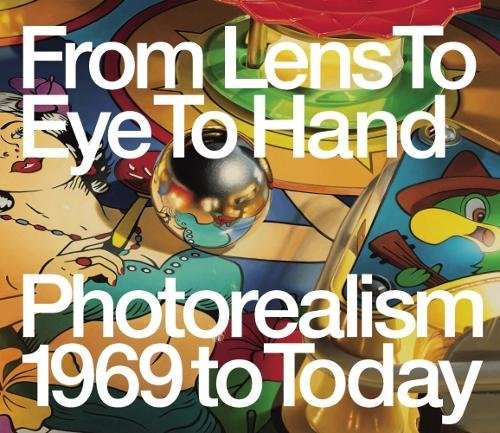
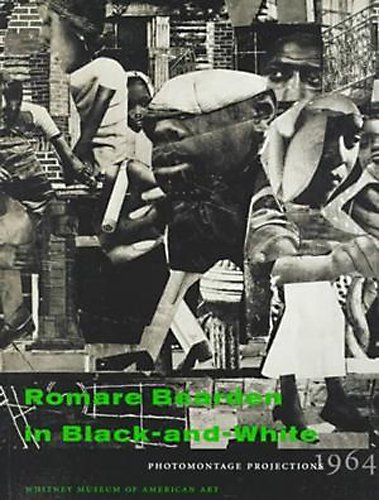
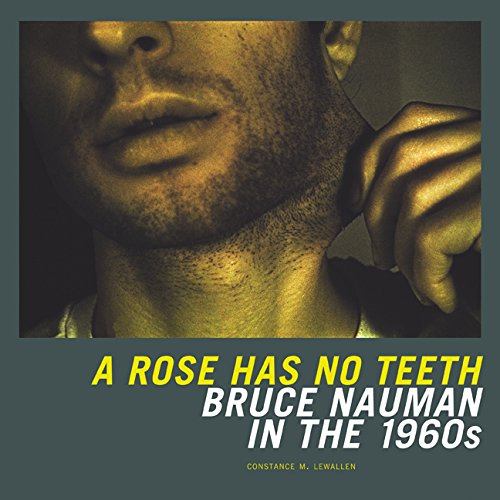
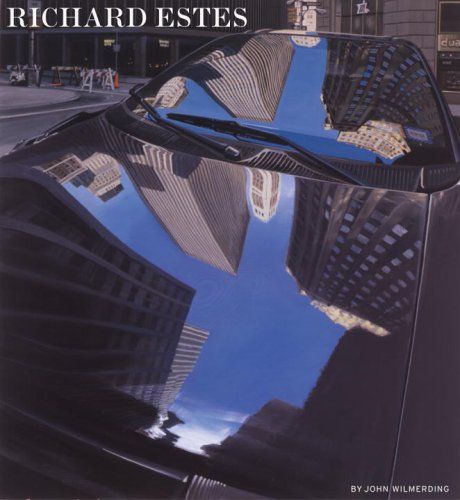
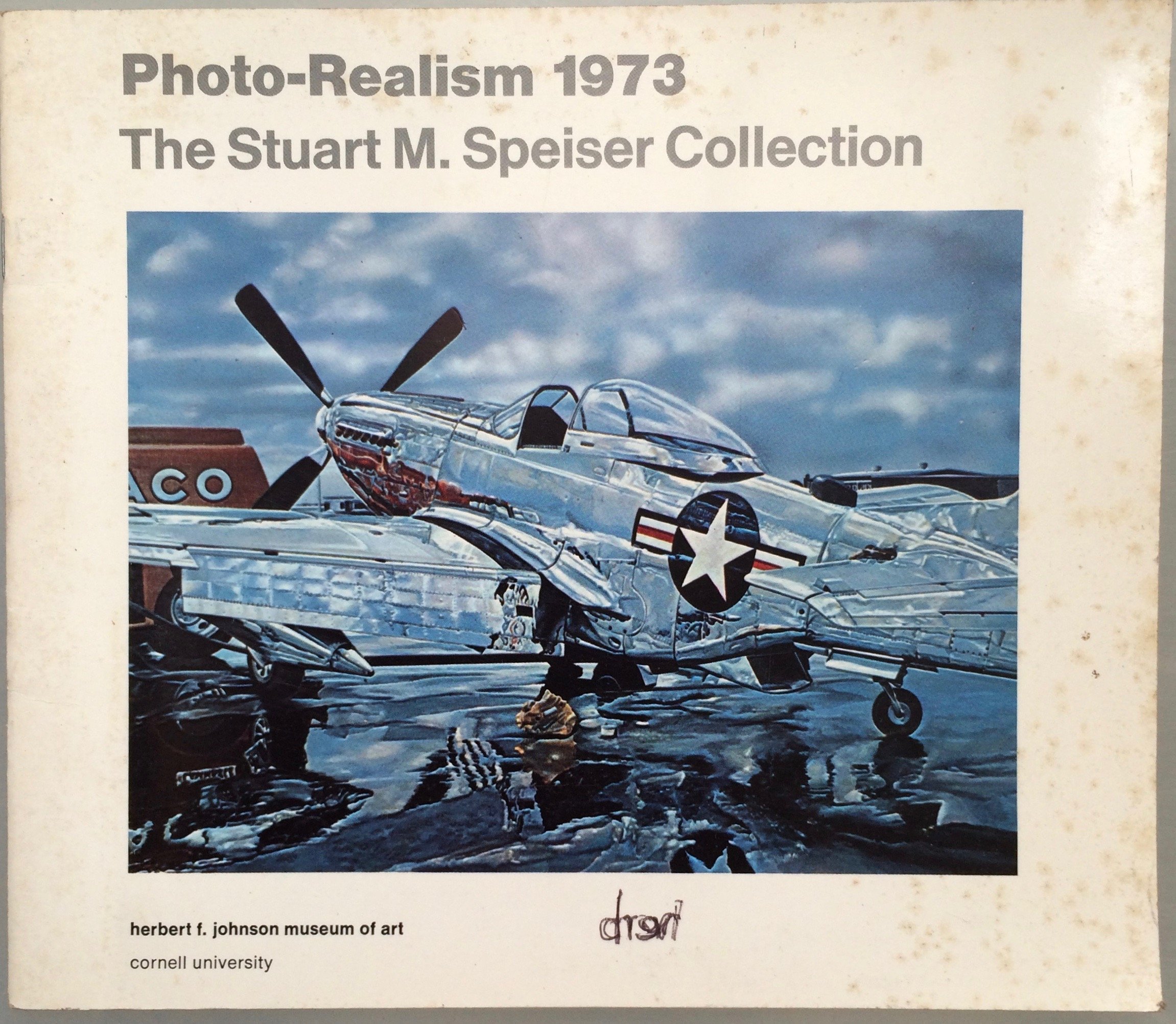
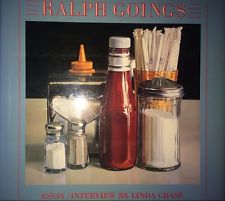
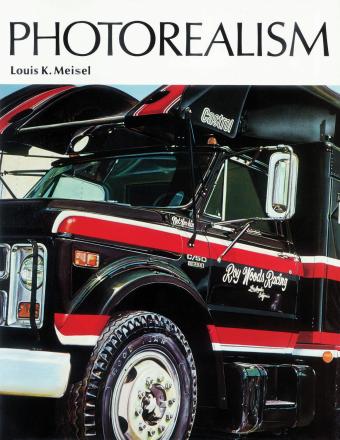
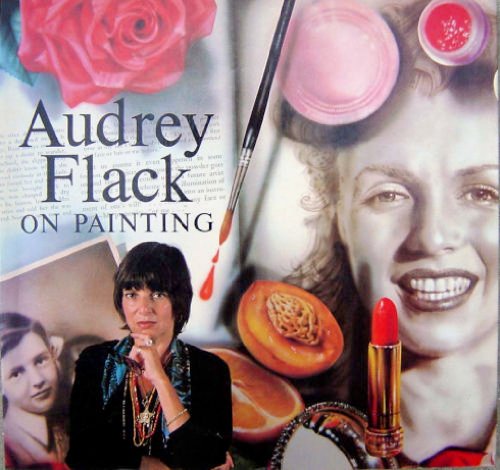




Leave a Comment